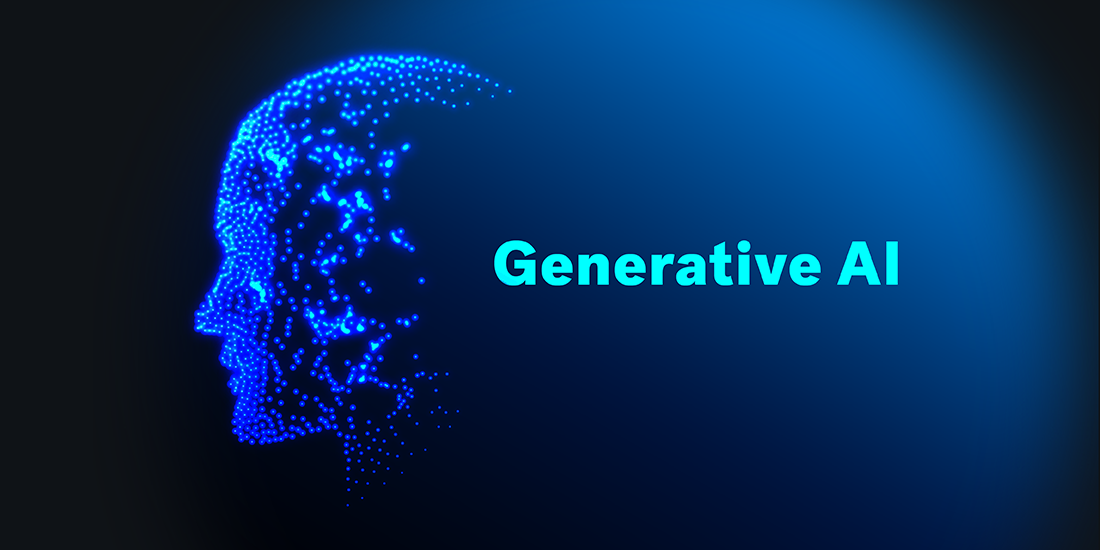
Artificial Intelligence (AI) has made significant advancements in recent years, with applications across various industries. One such development is the creation of ChatGPT, a language model that aims to bridge the gap between humans and AI.
ChatGPT, developed by OpenAI, is a state-of-the-art AI model that can engage in natural language conversations with users. It is based on the GPT-3 (Generative Pre-trained Transformer 3) architecture, which has been trained on a diverse range of internet text to generate human-like responses.
One of the key features of ChatGPT is its ability to understand and respond to natural language inputs from users. This means that it can carry on conversations, answer questions, and even provide personalized recommendations based on the context of the conversation.
ChatGPT has numerous potential applications, including customer service, virtual assistants, language translation, and content generation. It can also be used to develop chatbots that can interact with users in a more human-like manner, enhancing the overall user experience.
One of the main challenges in AI has been to create models that can understand and respond to human language in a way that feels natural and intuitive. ChatGPT represents a major step forward in this area, as it is capable of generating coherent and contextually relevant responses in real-time.
Furthermore, ChatGPT has the potential to assist in language translation and interpretation, breaking down communication barriers between people who speak different languages. This can be particularly valuable in global business settings and international diplomacy.
As with any AI model, there are ethical considerations and potential misuse of the technology. OpenAI has put in place measures to ensure responsible use of ChatGPT, such as limiting access to the model and implementing safeguards to prevent harmful or misleading outputs.
In conclusion, ChatGPT represents a significant advancement in the field of AI, bringing us closer to the goal of seamless interaction between humans and intelligent machines. Its potential applications in various domains highlight its versatility and impact on society. As the technology continues to evolve, we can expect even greater innovation and integration of AI into our daily lives.



